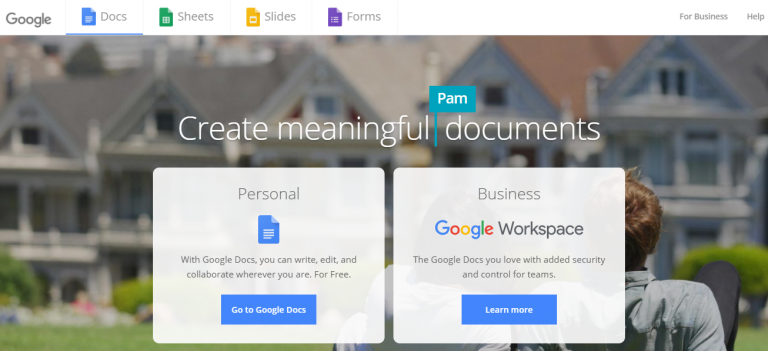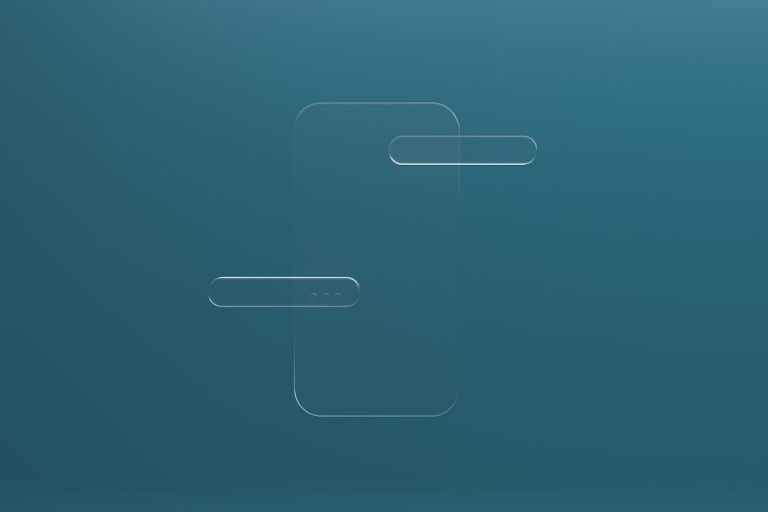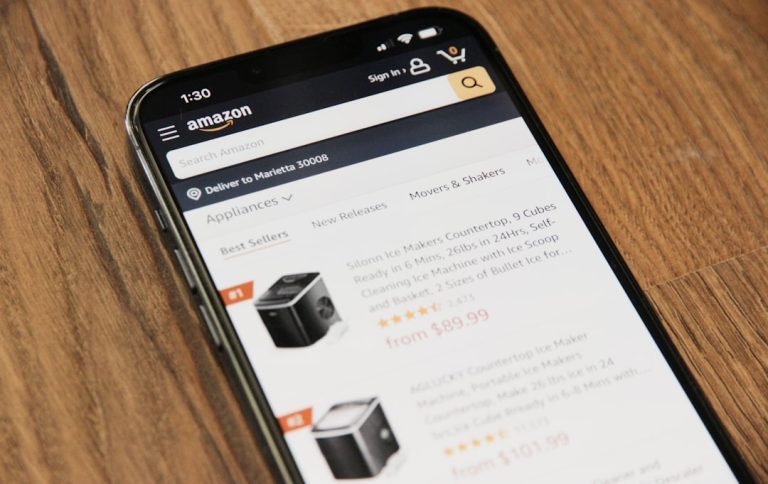Google Docs has revolutionized the way we create, collaborate, and share documents online. As part of Google Workspace, this cloud-based tool offers real-time editing, commenting, and seamless integration with other Google services. However, users occasionally encounter links labeled with pii_deleted, which can raise questions about privacy, functionality, and data management on the platform.
To truly understand how Google Docs handles sensitive content and what pii_deleted links represent, it’s essential to explore both the technical and user-experience aspects. This guide dives into what these links mean and how users can best manage and interpret them within Google Docs.
What Are pii_deleted Links?
The term PII stands for Personally Identifiable Information. In systems that prioritize user privacy—like Google Docs—when a document contains sensitive data such as names, addresses, or email IDs, and this data has been flagged or removed for privacy reasons, placeholder tags like pii_deleted may appear instead.
These links typically appear during document rendering or indexing processes—common when documents are shared widely or exported via APIs. They signal that the original content has been scrubbed or obfuscated due to privacy protocols.
Why Does Google Replace Information With pii_deleted?
The replacement of data with pii_deleted links usually occurs in the following contexts:
- Data Scrubbing: When systems or tools analyze and cleanse documents to remove confidential details.
- Content Sharing: If a document that includes personal information is shared publicly or embedded in another platform, Google might automatically hide sensitive data.
- Custom API Usage: Applications built using the Google Docs API may implement automatic anonymization practices with placeholders like pii_deleted.
This anonymization ensures that personal data isn’t accidentally leaked when documents are integrated or analyzed by third-party platforms or individuals.

How Can Users Prevent pii_deleted Links From Appearing?
Users who want to avoid these placeholder links can take certain steps:
- Avoid Including Sensitive Data: Whenever possible, refrain from embedding PII in shared or public documents.
- Use Access Controls: Set document permissions appropriately—limit editing or viewing to trusted collaborators only.
- Work Offline or in Restricted Mode: Edit drafts offline or within a protected workspace before publishing.
- Manually Remove PII: Before sharing, sensitive fields such as phone numbers, addresses, or user IDs should be manually deleted.
While these links serve as protection mechanisms, understanding how and when they show up helps users design safer documents and maintain information integrity.
Implications for Businesses and Developers
For businesses, especially those that generate or process large volumes of documentation (HR reports, legal contracts, surveys), recognizing and managing pii_deleted replacements is critical. Developers working with Google Docs APIs must implement effective logging and masking systems that do not rely solely on automated redaction like pii_deleted.
Moreover, integrating Data Loss Prevention (DLP) tools and conducting regular audits ensure that data privacy standards are continuously upheld.

Conclusion
As collaboration platforms grow more complex and interconnected, understanding how platforms like Google Docs handle personal data is essential. The appearance of pii_deleted links, while often surprising to users, reflects a proactive step in mitigating privacy concerns. Whether you’re an end-user, business analyst, or software developer, a knowledgeable approach to handling and interpreting these links ensures both effective communication and responsible data management.
FAQs
- Q: What does “pii_deleted” mean in a Google Docs link?
A: It indicates that sensitive personal information has been automatically or manually removed for privacy reasons. - Q: Can I recover the original content replaced by pii_deleted?
A: No, unless you have access to the original version of the document before the data was removed or replaced. - Q: How can I prevent Google from replacing data with pii_deleted?
A: Avoid including sensitive personal information in shared documents and use strict privacy settings. - Q: Do pii_deleted links represent a security breach?
A: Not necessarily. They often reflect preventive privacy measures, not a breach. - Q: Are pii_deleted links visible to all viewers?
A: Yes, if the document containing those links is shared with others, viewers may see the placeholder text unless permissions limit their access.




